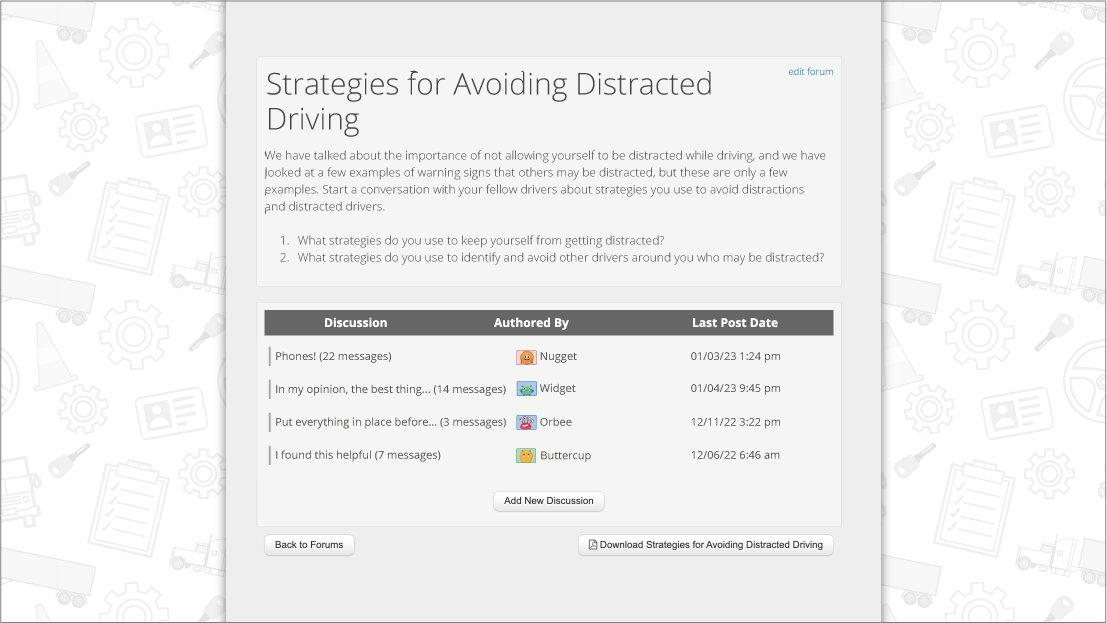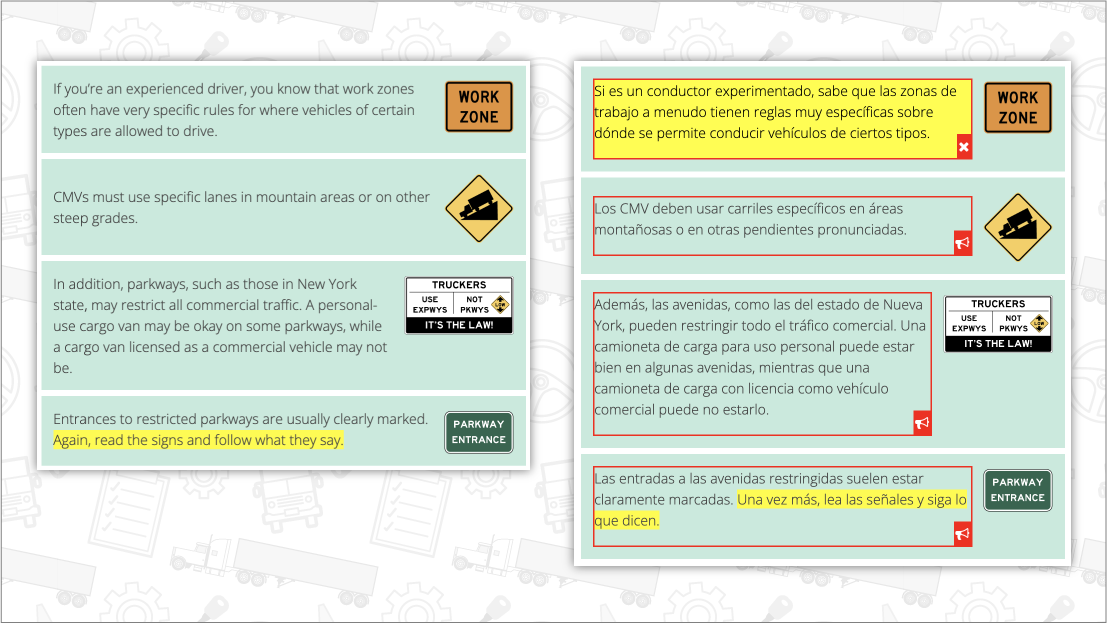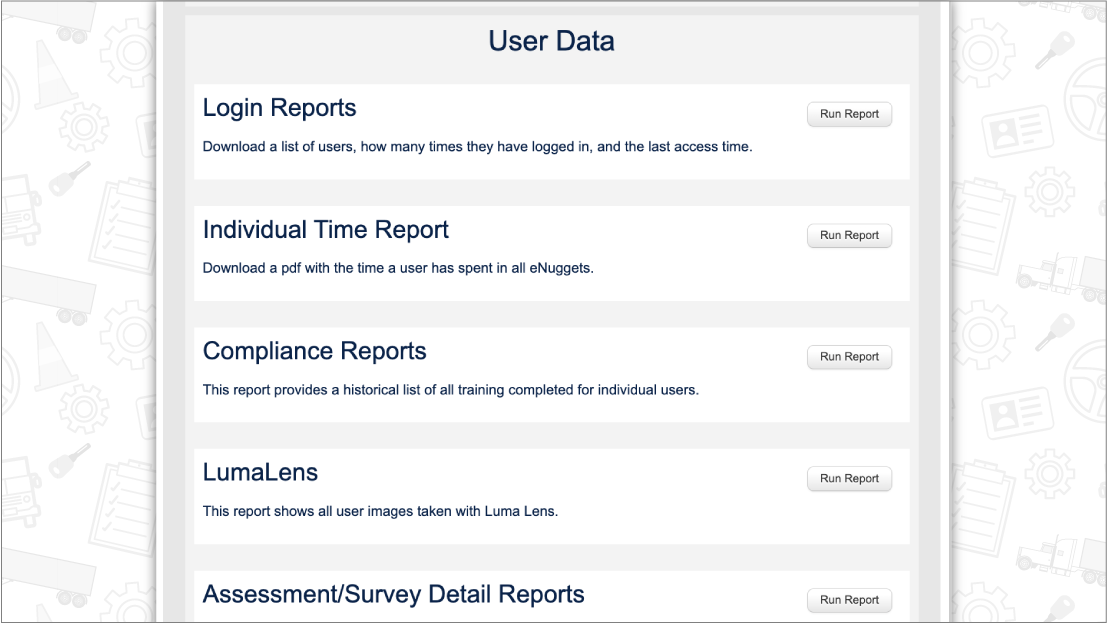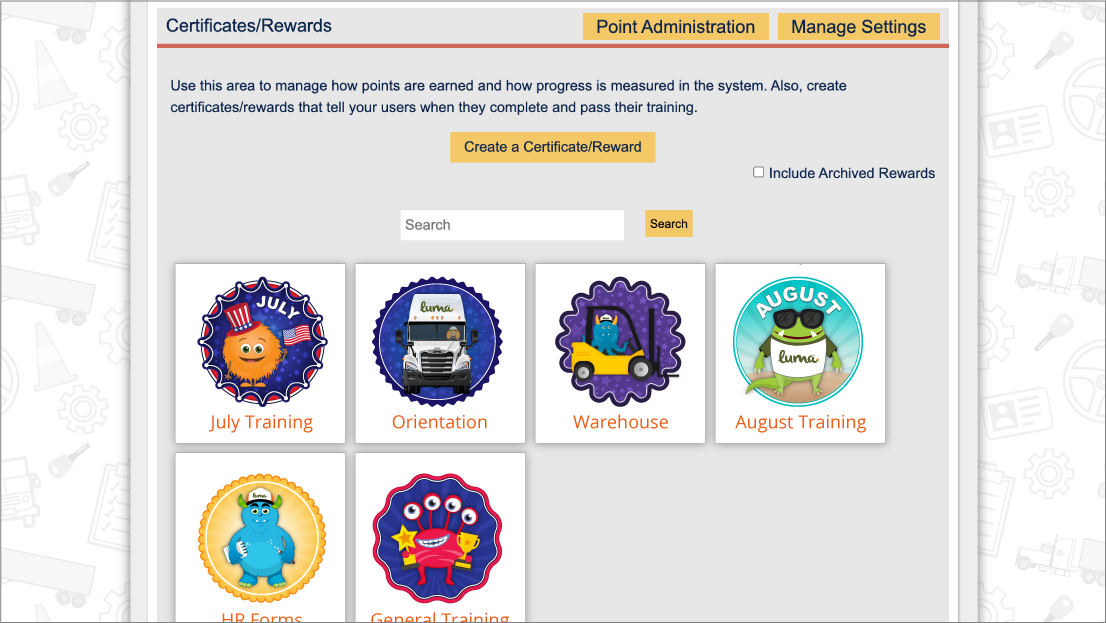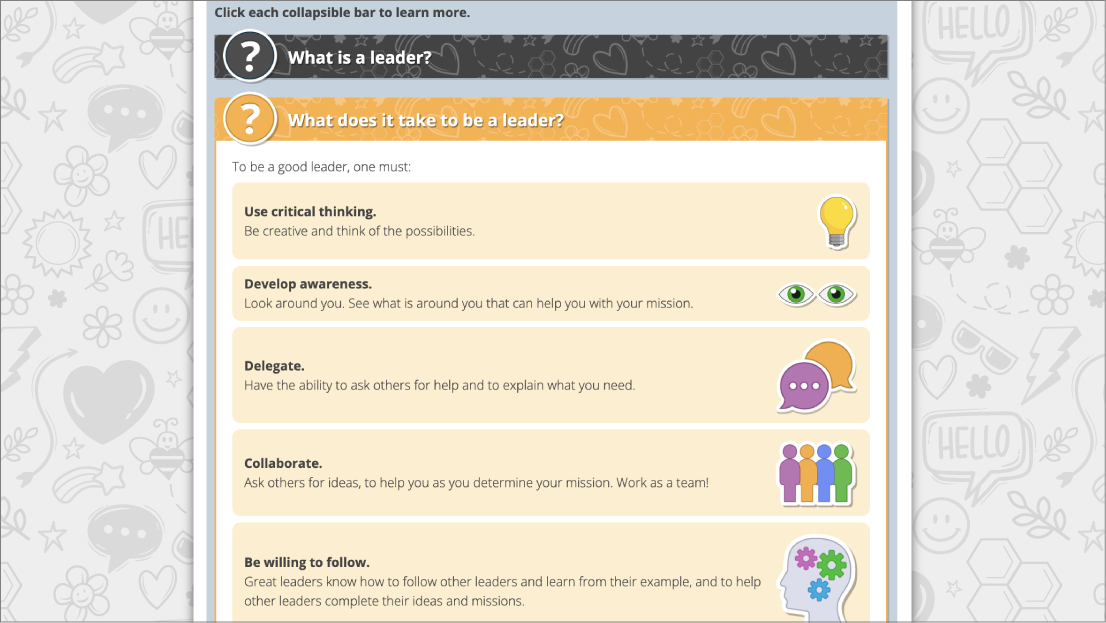
October 1st marks the start of National Domestic Violence Awareness Month

October 1st marks the start of National Domestic Violence Awareness Month. Individuals, businesses, and communities across the country wear purple ribbons and host events to bring awareness to domestic violence. And then comes Halloween, Thanksgiving, and then the December winter holidays. October is soon forgotten, and the life-saving messages about domestic violence are shelved until next October.
However, Domestic Violence is not a once-a-year occurrence. And for those living with domestic violence, it can be a daily struggle. What if this October, we commit to recognizing that Domestic Violence lives with all of us every day?All of us? It is easy to remove ourselves from the issue by saying that we are not part of “that” group. It is easy to say that “I am not affected by Domestic Violence” because you, yourself, are not experiencing it in your own home. You take comfort in your exclusion.
But, if you are fortunate to not be touched by Domestic Violence in your own home, that does not mean you are not affected by Domestic Violence. Consider:
- Your child’s friend always comes to your house for a play-date, but your child does not get invited to his or her house.
- The lines at the grocery store this morning were extremely long and you noticed that your favorite cashier has been absent frequently.
- One of your close girlfriends has recently gotten married. She is attending fewer girls’ nights out, and when she does attend she appears very anxious and leaves early.
- Your health insurance premiums are skyrocketing, absenteeism at work is increasing and productivity has decreased.
- Your receptionist has noticed that the Vice President of Sales has frequently asked for his calls to be transferred directly to his voicemail, while the number of phone calls from his girlfriend are increasing… some days as many as 20 calls a day.
The above represent a few scenarios that may impact your life. Is there a logical explanation? Or could it be that, just maybe, Domestic Violence is lurking behind the cloak of alternative explanation?
“Numbers don’t lie.” This saying is true for Domestic Violence. The following statistics represent what domestic violence looks like in our country and our communities. For those of us living in denial, it is hard to escape the truth behind the numbers.
- 1 in 5 women and 1 in 7 men have been severely physically abused by an intimate partner. (National Intimate Partner and Sexual Violence Survey, 2010 summary report, www.cdc.gov/violenceprevention/pdf/nisvs_report2010-a.pdf.)
- On a typical day, domestic violence hotlines nationwide received approximately 20,800 calls. (National Network to End Domestic Violence (2015) nnedv.org/downleads/census/DV-Counts2014/DVCounts14_NatlSummary_Color-pdf.)
- Victims of Domestic Violence lose a total of 8 million days of paid work each year (Rothman, E., Hathaway, J., Stidsen, A. & de Vries, H. (2007). How employment helps female victims of intimate partner abuse: A qualitative study. Journal of Occupational Health Psychology, 12(2), 136-143. doi: 10,1037/1076-8998. 12.2 136.)
For those of us living with the above numbers, it may be a comfort to know we are not alone. But how do we escape a life of abuse for ourselves and our children with limited resources and staggering statistics?
To this end, I challenge to you to make this October the start of Domestic Violence Awareness YEAR. Commit to providing education, awareness, support and policies for your organization. Commit to bringing some of this education and awareness out to your community—speak at a professional organization, engage your employees to volunteer at a local shelter, provide financial support to a domestic violence organization, or recommend a course to provide more education and awareness on the topic.
In closing, I would like to share a quote from Margaret Mead:
The time is now, the person is you.
If you or someone you know is experiencing domestic violence visit http://www.thehotline.org/ or call 1-800-799-7233.
Learn more domestic violence training that Luma offers, https://lumabrighterlearning.com/domestic-violence/


